12 Plants That Turn Your Garden Into a Haven for Mosquito-Eating Birds
If you are looking for a natural way to reduce mosquitoes in your garden, attracting mosquito-eating birds is an effective strategy. The right plants can provide these birds with the resources they need, from food to shelter. By including these plants in your garden, you can create a welcoming environment for bird species that help control mosquito populations. If you want to encourage these birds to visit your outdoor space, planting the right species is essential. Let us take a closer look at some plants that will help you bring these mosquito-eating birds into your garden.
This post may contain affiliate links, which helps keep this content free. Please read our disclosure for more info.
Bee Balm (Monarda)
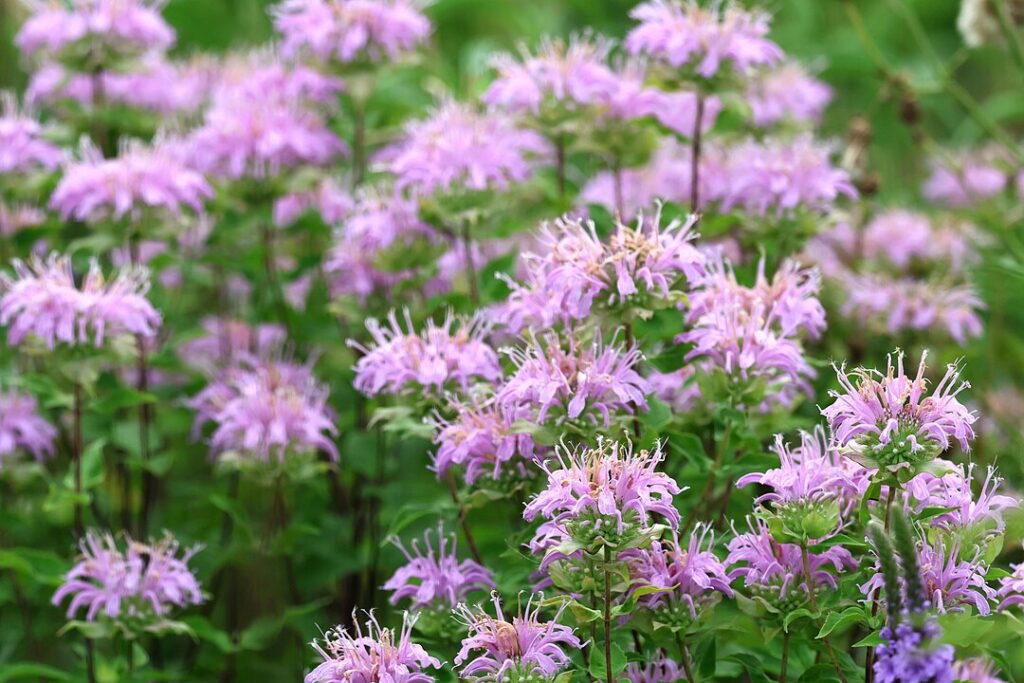
Bee balm is a fragrant plant that attracts many pollinators, including birds that feed on mosquitoes. Its vibrant red, pink, or purple flowers make it a great addition to any garden. Bee balm produces nectar that is highly attractive to hummingbirds and other mosquito-eating species. Planting bee balm in sunny or partially shaded areas encourages bird visits and helps control pests naturally.
This plant grows up to 4 feet tall and thrives in well-drained soil with consistent moisture. Bee balm is also easy to maintain and can tolerate a variety of soil types. It blooms in summer and attracts not only birds but also bees and butterflies, making it a great addition for a vibrant, wildlife-friendly garden. With its strong aroma, bee balm helps keep mosquitoes away while attracting helpful bird species.
Lavender (Lavandula)
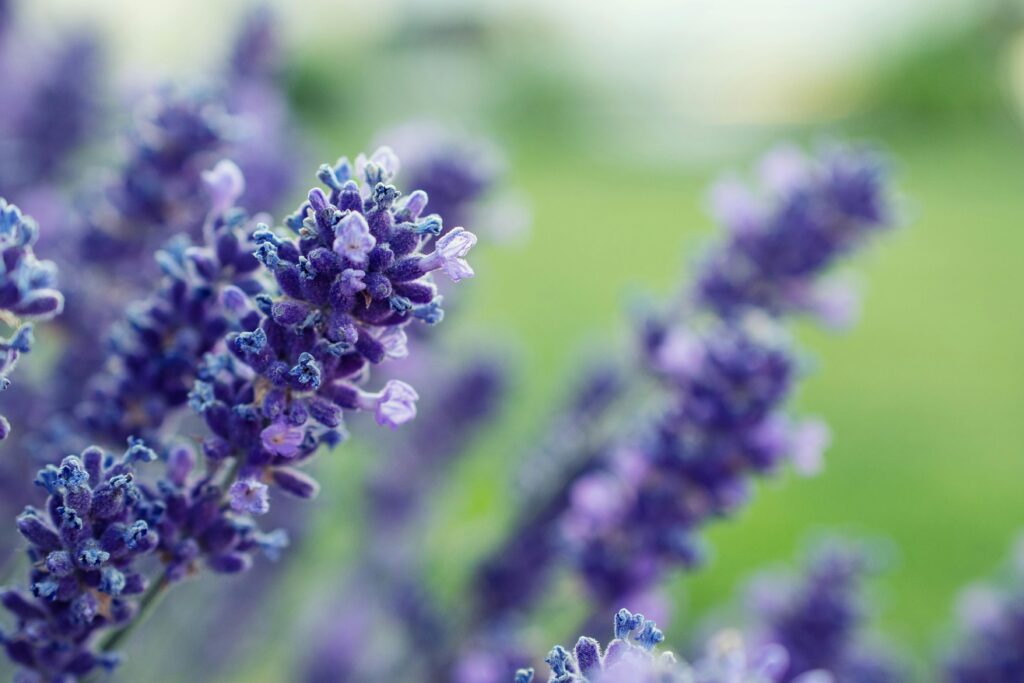
Lavender is known for its lovely fragrance and mosquito-repelling properties, making it an ideal plant for attracting mosquito-eating birds. The tiny purple flowers of lavender attract hummingbirds, swallows, and other insect-eating birds that enjoy a good snack of mosquitoes. Planting lavender in full sun and well-drained soil helps keep it healthy and blooming all season long.
Lavender is a hardy perennial that grows up to 2 feet tall and adds both color and aroma to your garden. In addition to attracting birds, lavender also repels mosquitoes due to its strong scent, which makes it a dual-purpose plant. Pruning it regularly promotes new growth and ensures it stays in top condition. The presence of lavender in your garden creates a peaceful environment for both you and the birds.
Purple Coneflower (Echinacea)
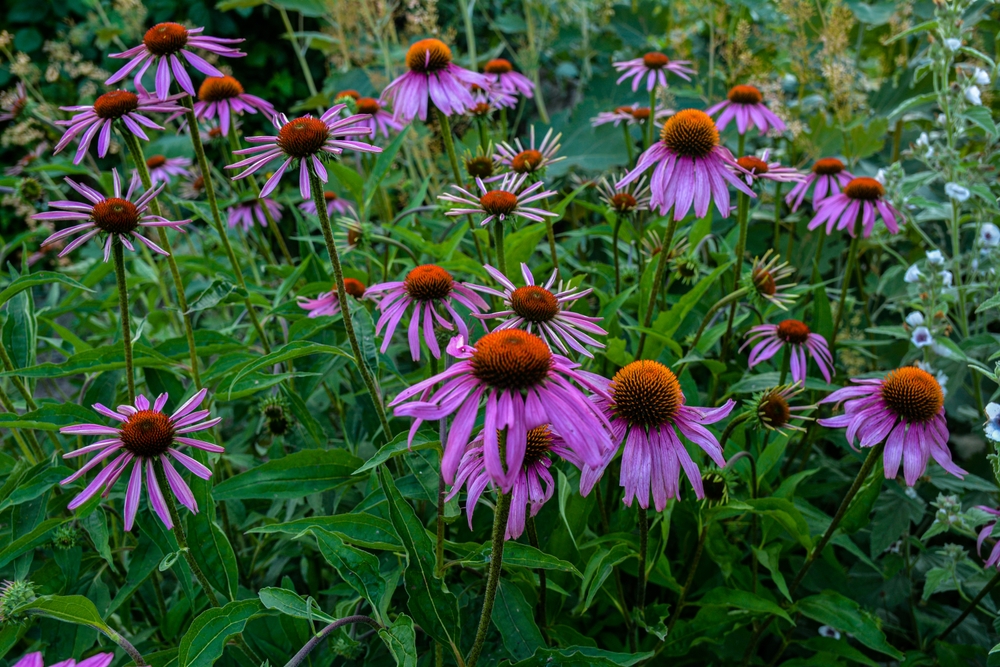
Purple coneflower is a hardy plant that attracts birds like finches and sparrows, which feed on mosquitoes and other insects. The bright, daisy-like flowers are rich in nectar, which hummingbirds and other birds find irresistible. It thrives in full sun and well-drained soil, and its purple color adds a bold touch to your garden. Purple coneflower is particularly effective at drawing insect-eating birds because of its abundant seeds and nectar.
This plant grows up to 3 feet tall and blooms from mid-summer to fall, providing food for birds well into the cooler months. The flowers are also known to attract beneficial insects such as bees and butterflies, making it a great addition to any garden. Purple coneflower is easy to care for and drought-tolerant once established. Its natural beauty and bird-attracting benefits make it a valuable plant in any bird-friendly garden.
Fennel (Foeniculum vulgare)
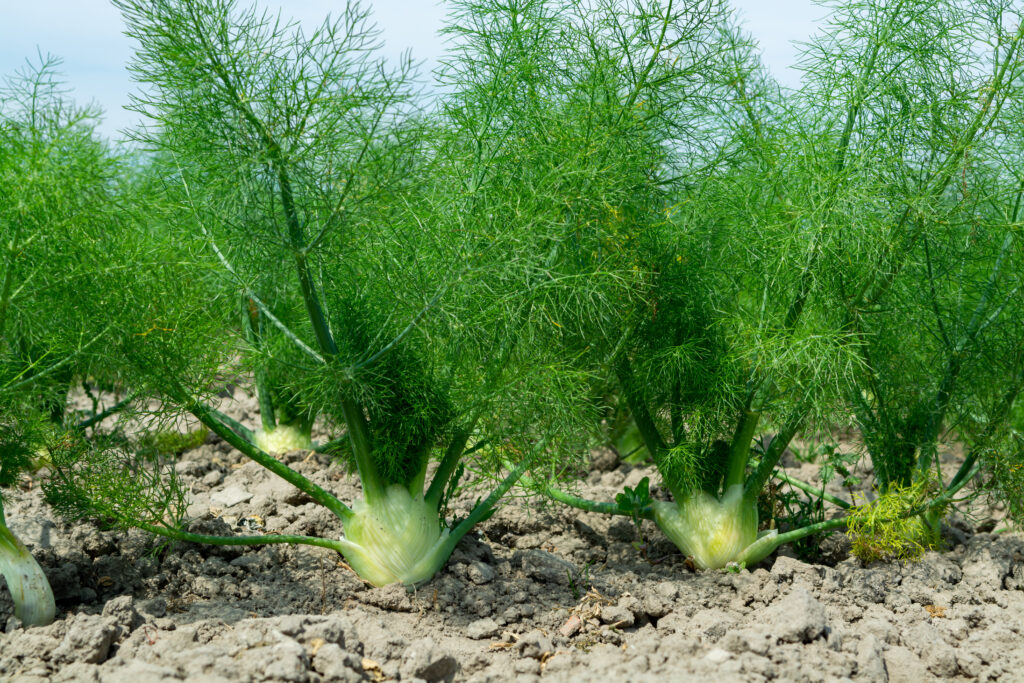
Fennel is a fragrant herb that attracts a wide variety of insect-eating birds. Its feathery green foliage and yellow flowers provide an excellent source of food and shelter for birds like swallows and flycatchers. Fennel is best planted in full sun with well-drained soil, where it can grow up to 6 feet tall. The plant attracts birds by providing both seeds and insects, including mosquitoes, which are a natural part of the bird’s diet.
Fennel is also a great companion plant because it supports beneficial insects that, in turn, attract birds. The seeds of fennel are rich in nutrients and offer a feast for finches, while the flowers attract insects. This herb is easy to grow and can tolerate a range of conditions. Its tall, feathery growth provides shelter for birds and helps keep pests in check, making it an ideal choice for a natural bird-friendly garden.
Thyme (Thymus vulgaris)

Thyme is a fragrant herb that attracts birds such as sparrows and wrens, which hunt for insects like mosquitoes. This hardy perennial is easy to grow in full sun and well-drained soil, with tiny purple or white flowers that are attractive to both birds and pollinators. Thyme’s strong scent also acts as a natural mosquito repellent, creating a comfortable space for both you and the birds.
Thyme grows to about 12 inches tall and spreads out to form a dense, aromatic ground cover. It is a low-maintenance herb that thrives in a variety of soil types, making it perfect for beginner gardeners. When it flowers, thyme draws in birds that feed on the insects around it. As a bonus, you can harvest the leaves for culinary use, making thyme both a functional and bird-friendly addition to your garden.
Black-Eyed Susan (Rudbeckia hirta)
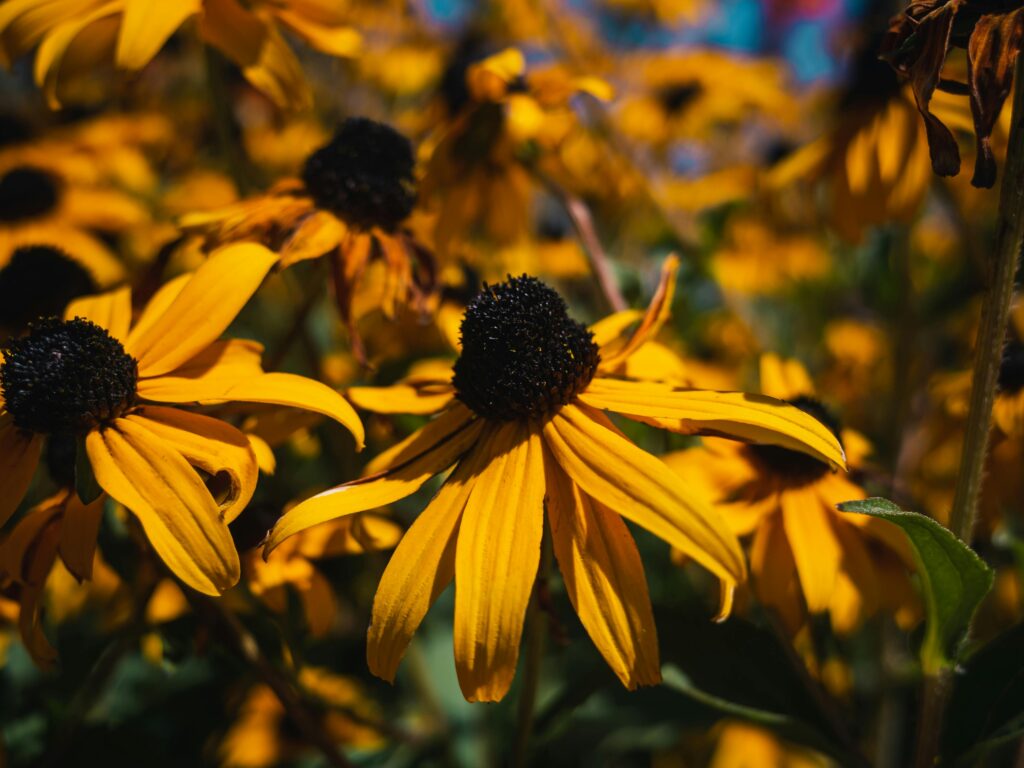
Black-eyed Susan is a popular wildflower that attracts mosquito-eating birds such as finches and sparrows. The bright yellow flowers with dark centers provide a food source for birds, while their seeds help attract insect-eating species. The plant grows best in full sun and is drought-tolerant once established, making it an easy addition to your garden. Its natural beauty and ability to attract birds that feed on mosquitoes make it a great option for any backyard.
Black-eyed Susan grows up to 3 feet tall and blooms from summer to fall, providing a long-lasting source of food for birds. The plant attracts insects like bees and butterflies, which in turn attract insect-eating birds. It is easy to care for and can thrive in various soil types, making it a versatile choice for many gardens. Adding this cheerful plant to your garden will not only enhance its beauty but also contribute to a healthier ecosystem.
Milkweed (Asclepias)
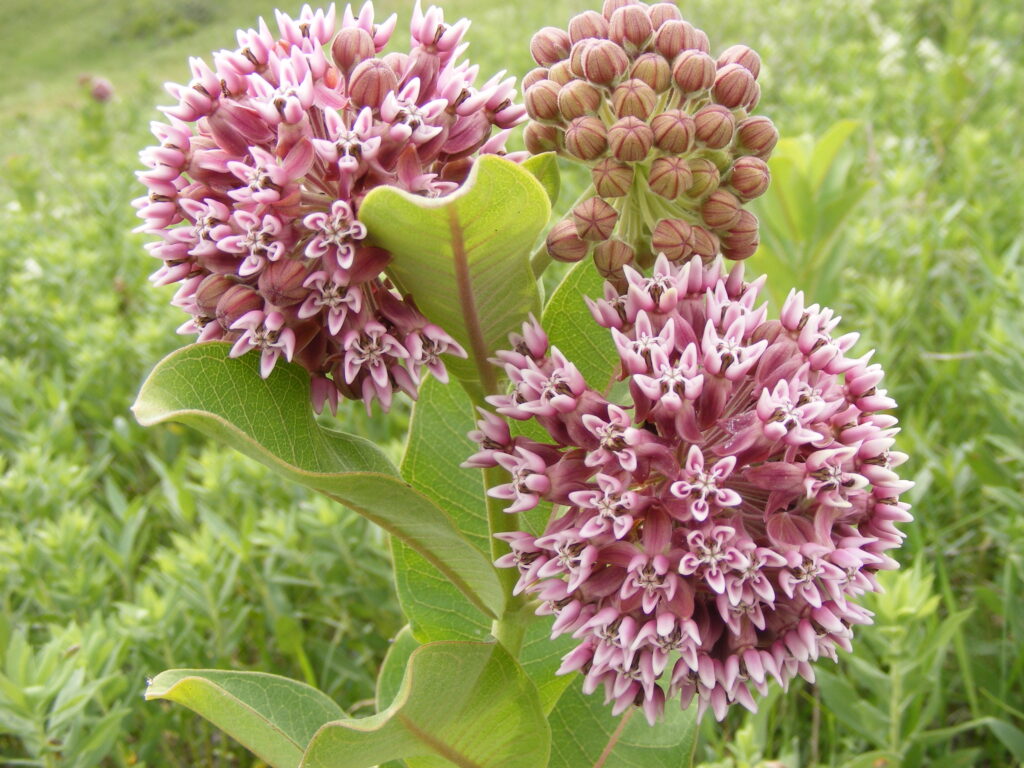
Milkweed is a native plant that supports a variety of wildlife, including birds that feed on mosquitoes. The plant produces clusters of small, colorful flowers that attract hummingbirds and other pollinators, while its seeds provide food for finches and sparrows. Milkweed grows best in full sun and well-drained soil, thriving in the warm summer months. The plant is particularly attractive to birds that feed on insects, making it a valuable addition to any mosquito-friendly garden.
Milkweed also plays a crucial role in supporting monarch butterflies, which adds to its overall ecological value. It can reach heights of 3 to 4 feet and is known for its sturdy, tall stalks. The presence of milkweed in your garden not only attracts mosquito-eating birds but also creates a habitat for pollinators and other beneficial insects. It is a perfect choice for gardeners looking to create a balanced ecosystem.
Basil (Ocimum basilicum)
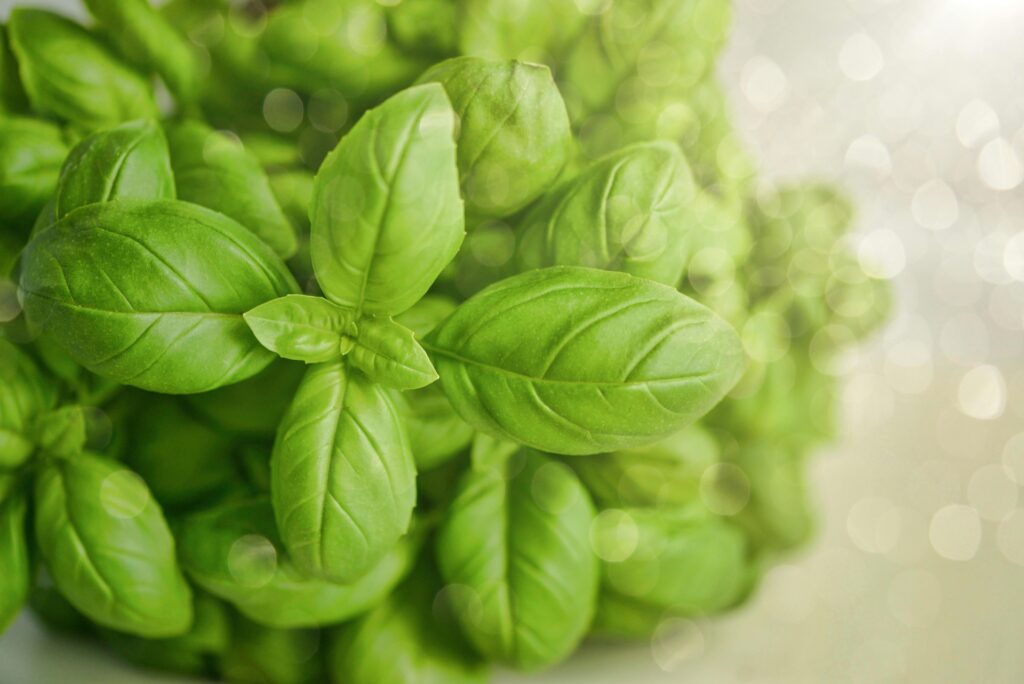
Basil is a fragrant herb that attracts insect-eating birds by drawing in mosquitoes and other pests with its strong aroma. The tiny white flowers of basil attract pollinators and birds alike, making it a great plant for a bird-friendly garden. Basil grows best in full sun and well-drained soil, reaching heights of up to 24 inches. It is easy to grow and provides both culinary and ecological benefits, including attracting birds that feed on the insects it attracts.
This herb thrives in warm weather and produces small flowers that serve as a food source for birds like sparrows and finches. Basil’s strong aroma also helps repel mosquitoes, creating a pleasant atmosphere for both you and the birds. It is a low-maintenance plant that can be grown in containers or garden beds, adding both function and beauty to your space. Its ability to attract mosquito-eating birds makes it a perfect addition to any garden looking to reduce pests naturally.
Sunflower (Helianthus annuus)
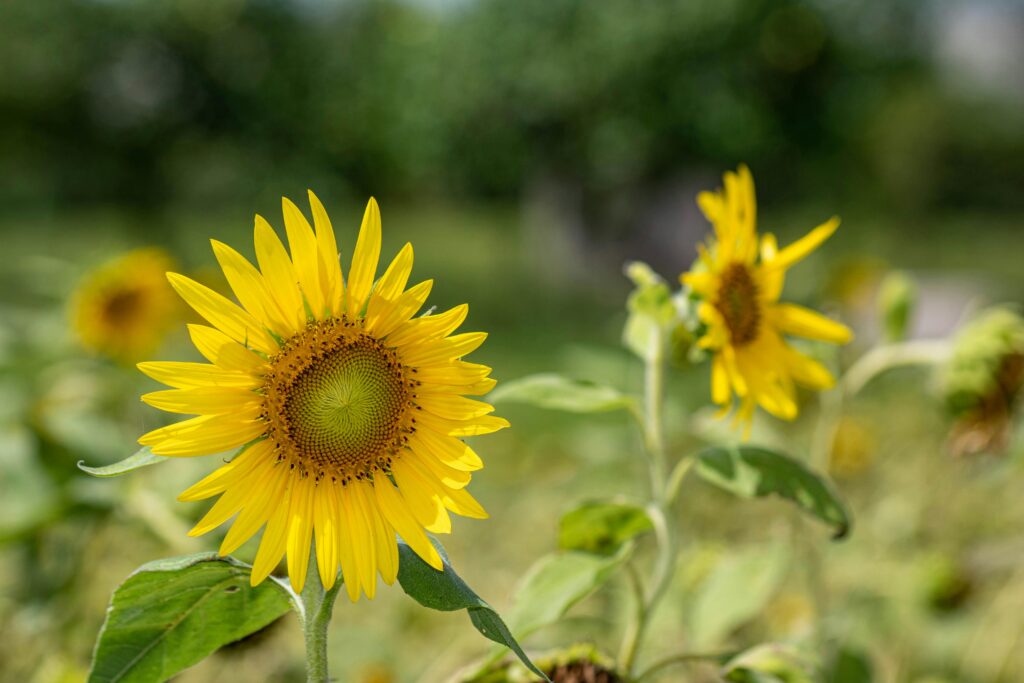
Sunflowers are not only stunning to look at but also attract birds that feed on insects like mosquitoes. The large, vibrant blooms draw in birds such as goldfinches and chickadees, while the seeds provide a meal for many bird species. Sunflowers can grow up to 10 feet tall, depending on the variety, and thrive in full sun with well-drained soil. Their ability to attract birds makes them a popular choice for gardens looking to naturally control mosquito populations.
The flowers of sunflowers also attract bees and other pollinators, contributing to a healthy, thriving ecosystem. Their large size makes them a striking addition to any garden, and their seeds can be harvested for bird feeding. Sunflowers are easy to grow and can tolerate drought conditions once established. Planting sunflowers in your garden will not only beautify the space but also provide a habitat for mosquito-eating birds.
Lemon Balm (Melissa officinalis)
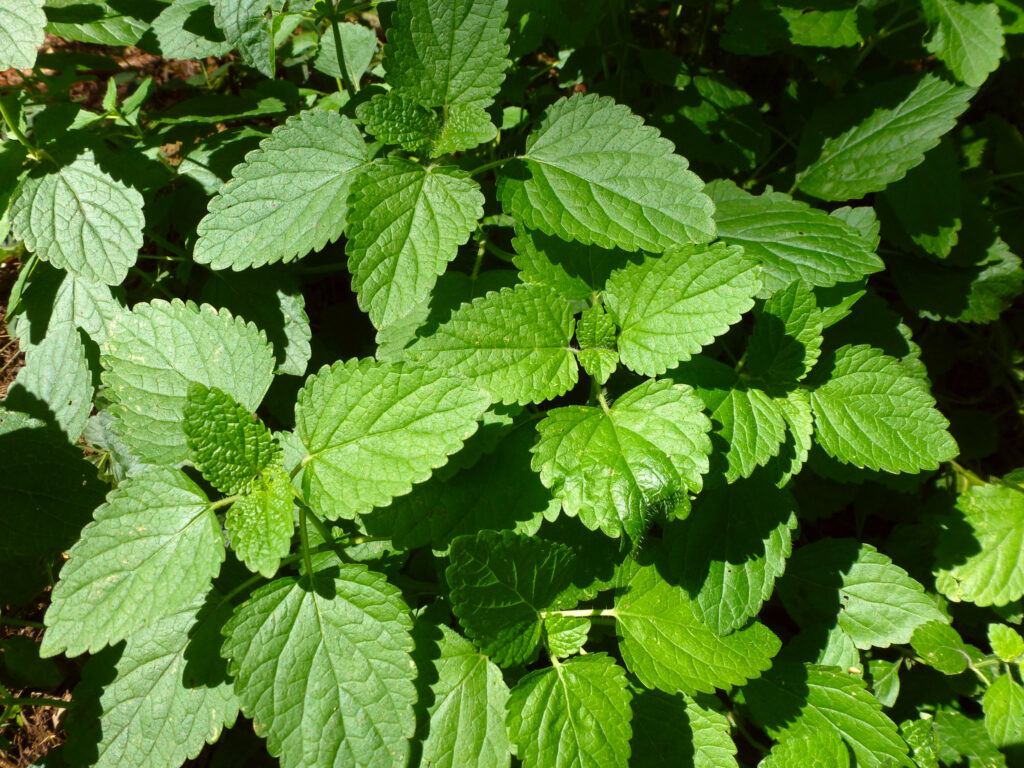
Lemon balm is a fragrant herb that attracts birds, particularly those that hunt for insects like mosquitoes. Its strong citrus scent helps keep mosquitoes away while also drawing in bird species such as warblers and finches. This plant grows best in full sun and well-drained soil, reaching a height of 12 to 24 inches. Its leaves are a favorite for many birds that feed on insects, making it a great addition to any garden looking to attract mosquito-eating birds.
Lemon balm is easy to grow and thrives in various soil types, making it an excellent choice for both novice and experienced gardeners. It also has culinary and medicinal uses, adding value to your garden beyond attracting birds. The plant’s ability to repel mosquitoes while attracting insect-eating birds makes it a must-have for any garden. Regular harvesting will promote fresh growth and keep it thriving throughout the summer.
Yarrow (Achillea millefolium)
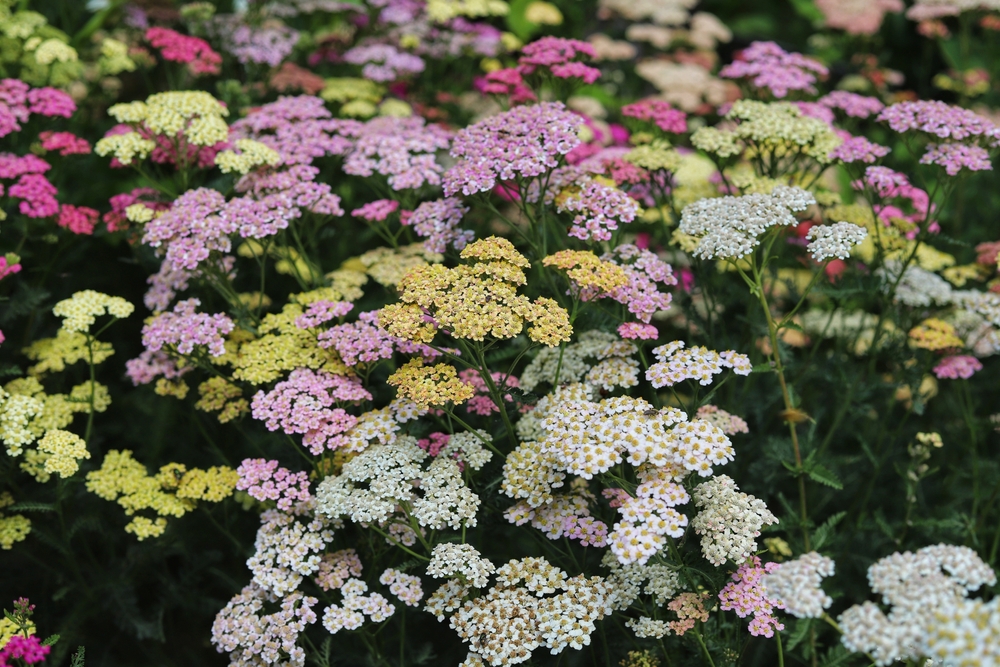
Yarrow is a hardy perennial that attracts mosquito-eating birds such as swallows and sparrows. Its tiny flowers, which range in color from white to bright pink, draw in both birds and beneficial insects like bees and butterflies. Yarrow grows best in full sun and well-drained soil, reaching heights of up to 36 inches. The plant provides food and shelter for birds, making it an excellent choice for a mosquito-friendly garden.
This drought-tolerant plant is low-maintenance and attracts a variety of bird species, especially those that feed on flying insects. Yarrow’s ability to thrive in sunny spots and its striking appearance make it a standout in any garden. Its foliage also has medicinal properties, adding another layer of usefulness to this versatile plant. Yarrow is perfect for gardeners who want to attract birds while creating a beautiful, functional garden space.
Geraniums (Pelargonium)
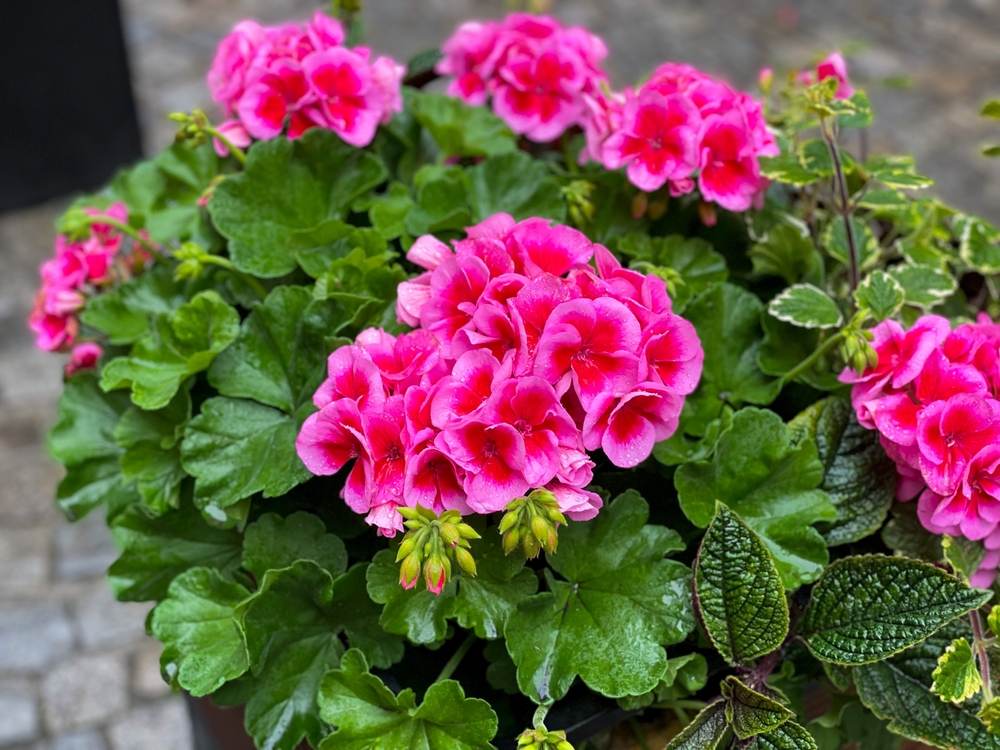
Geraniums are bright, colorful flowers that attract mosquitoes and other pests, making them a great choice for attracting bird species that feed on insects. Birds such as sparrows and wrens enjoy the insects that geraniums attract, making these plants a perfect addition to any bird-friendly garden. Geraniums thrive in full sun and well-drained soil, growing from 12 to 18 inches tall. Their vibrant colors make them a cheerful and effective plant for attracting both birds and pollinators.
These plants are easy to grow and maintain, adding long-lasting color to your garden throughout the summer. Geraniums are also resistant to drought once established, making them a hardy option for gardeners. Their ability to attract insects that birds feed on helps naturally control the mosquito population in your garden. Geraniums are an ideal choice for anyone looking to combine beauty with functionality in their outdoor space.
With careful planning and proper care, these plants can thrive and offer both aesthetic and practical benefits. Enjoy a healthier, more vibrant garden while providing natural pest control.
This article originally appeared on Avocadu.
